13 Vibrant Blue Perennials for a Unique and Stunning Garden
A splash of blue in your garden can create a peaceful and inviting atmosphere. Blue perennials are perfect for adding a unique touch of color that lasts. These plants are known for their resilience and ability to thrive through different seasons. With the right care, they can become a focal point in your garden. Choosing blue perennials will bring beauty and vibrancy to your outdoor space.
This post may contain affiliate links, which helps keep this content free. Please read our disclosure for more info.
Delphinium
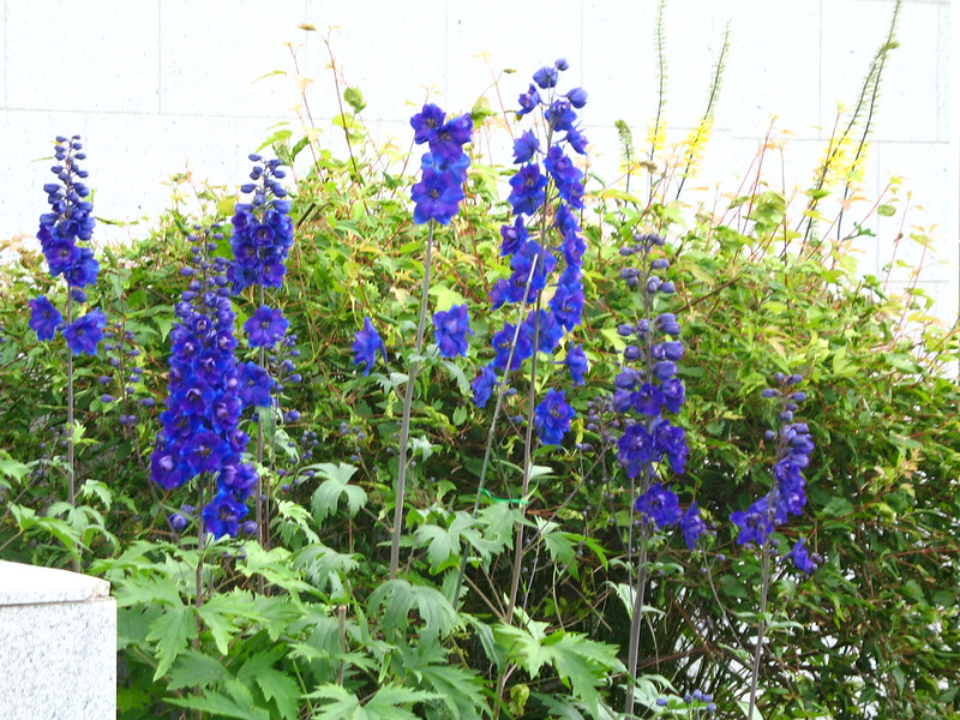
Delphiniums are tall, elegant plants that produce striking blue flowers in clusters. They add a dramatic touch to any garden with their vibrant color and architectural shape. Delphiniums typically bloom in late spring to early summer, reaching their full bloom in June. They thrive in full sun and well-drained soil, making them an excellent addition to the back of a flower bed.
While delphiniums are beautiful, they do require some maintenance. They need support due to their height and can be prone to mildew, so proper air circulation is important. Deadheading spent blooms can encourage a second flush of flowers later in the season. With proper care, delphiniums will continue to brighten your garden year after year.
Bluebell (Hyacinthoides non-scripta)
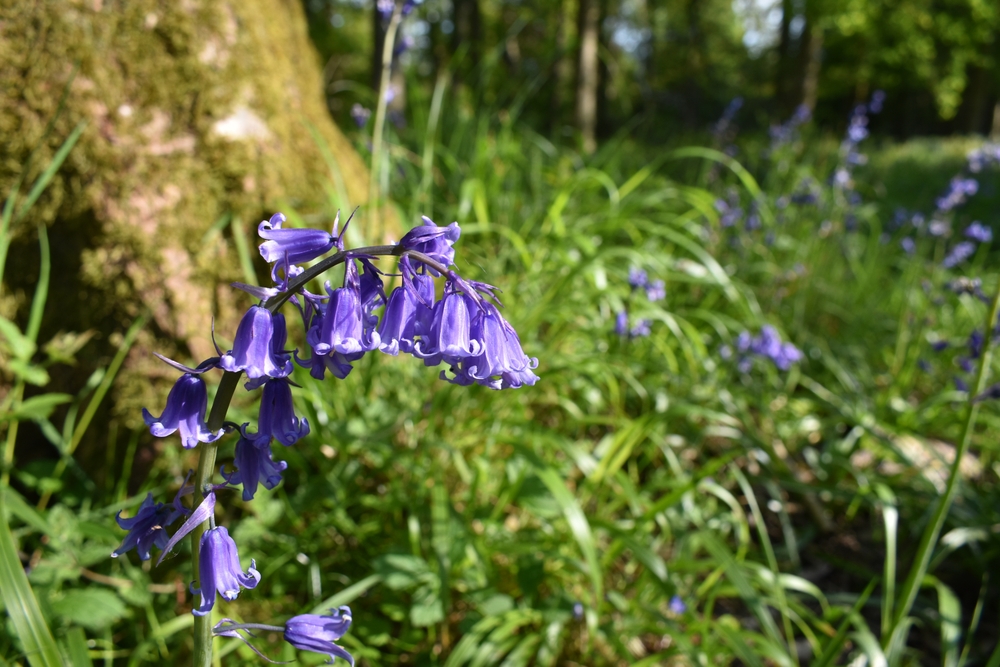
Bluebells are charming perennials known for their drooping, bell-shaped flowers and pleasant fragrance. These plants create a lovely carpet of blue in shaded areas of the garden, making them perfect for woodland settings. Bluebells typically bloom in April and May, offering an early burst of color in the spring. They grow best in moist, well-drained soil with partial to full shade.
After blooming, bluebells gradually fade into the background, but their green foliage can last until early summer. They spread naturally by forming bulbs, so over time, they can fill in areas of your garden with little effort. Bluebells are ideal for creating a natural, wildflower look in your garden. They are also loved by pollinators, making them a great choice for a bee-friendly garden.
Caryopteris (Bluebeard)
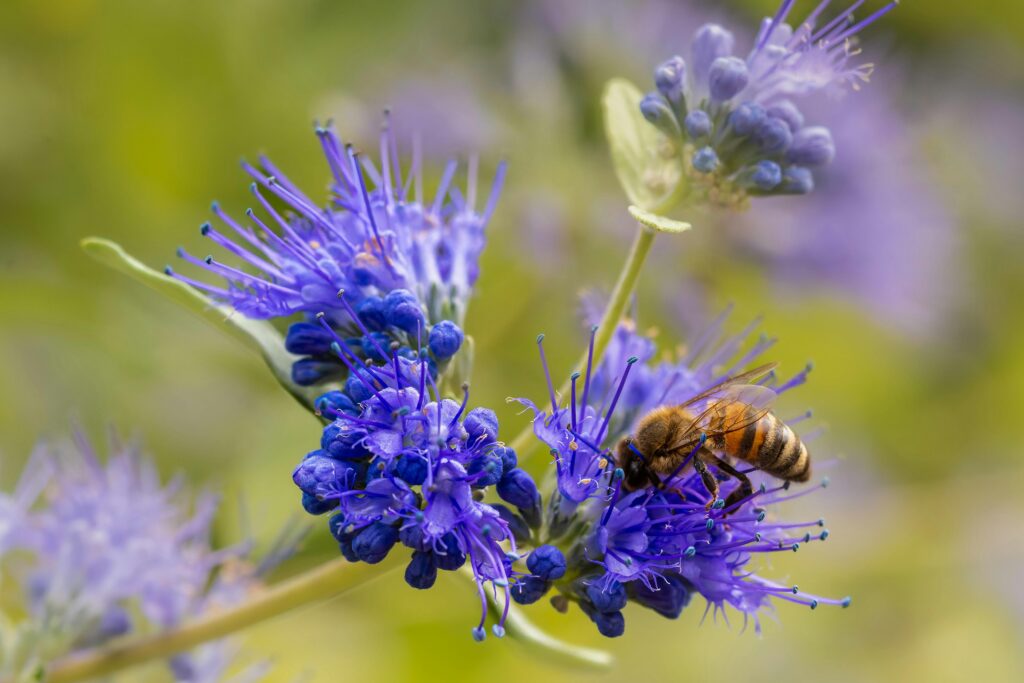
Caryopteris, also known as Bluebeard, is a bushy perennial that produces clusters of small, vibrant blue flowers. The plant has aromatic foliage and attracts pollinators like bees and butterflies. Caryopteris blooms from late summer to early fall, typically reaching its peak in August and September. It grows best in full sun and well-drained soil, thriving in slightly dry conditions.
Bluebeard is a hardy, low-maintenance plant that adds both color and texture to your garden. Its compact size makes it ideal for borders or smaller garden spaces. Cutting back the plant in late winter encourages strong growth for the next season. Bluebeard’s fragrant leaves also make it an interesting addition to herb gardens or fragrant plant collections.
Salvia (Meadow Sage)
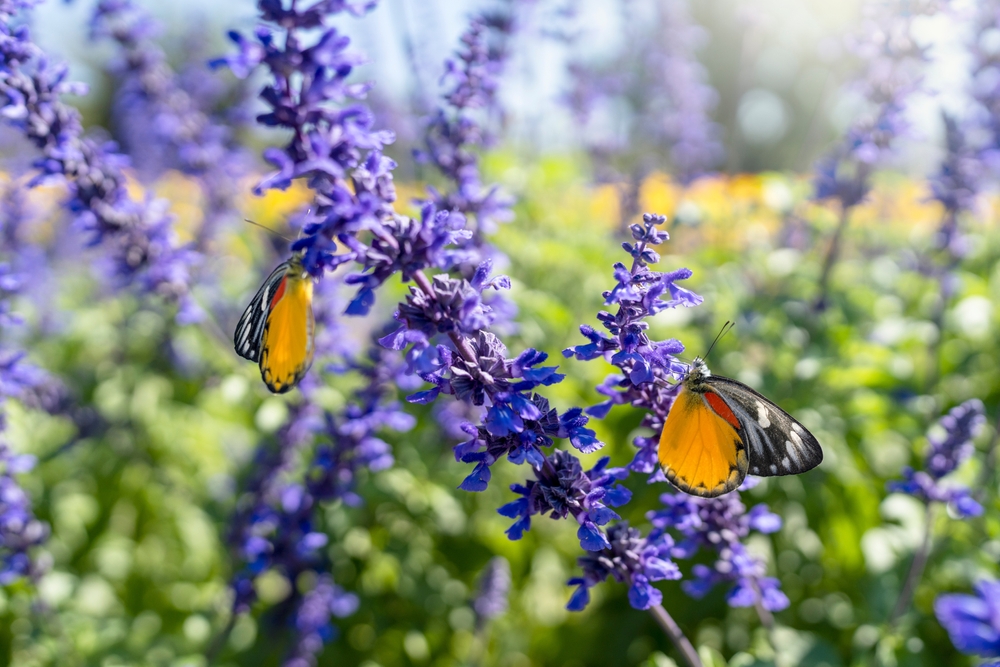
Salvia is a versatile perennial that comes in several shades of blue, offering tall, spiky blooms throughout the growing season. It blooms from late spring to early summer, with its peak in June and July, adding a vibrant splash of color to your garden. Salvia grows well in full sun and well-drained soil, making it an easy addition to any sunny garden bed.
Aside from its beauty, salvia is known for attracting bees and hummingbirds, which adds an element of movement to your garden. It is drought-tolerant once established and does not require much care. Deadheading the flowers will prolong the blooming period, while trimming back in fall helps prepare the plant for winter. Salvia’s striking flowers and hardiness make it a great choice for any garden.
Columbine (Aquilegia)
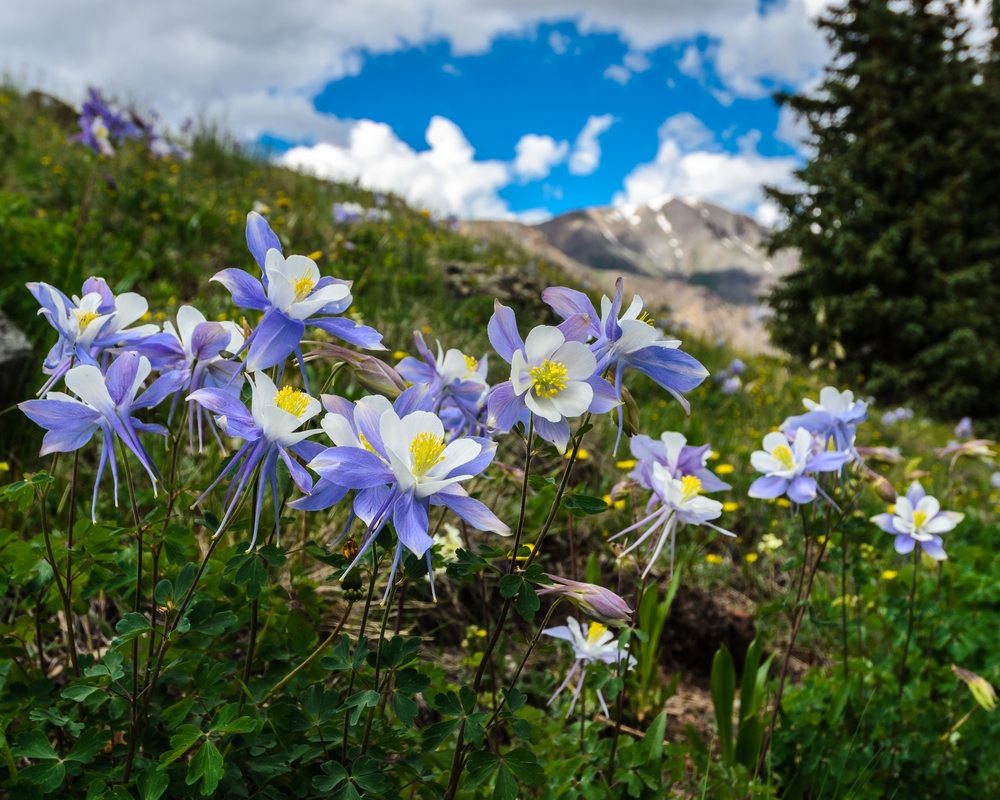
Columbine is a delicate perennial known for its unique, spurred blue flowers that resemble little birds or butterflies. The plant has a graceful, airy structure and blooms in late spring to early summer, typically peaking in May and June. Columbine grows well in partial shade, although it can tolerate some sun, and prefers well-drained soil.
This plant is a perfect choice for a woodland garden or shaded border. Columbine is easy to grow from seed, and it often self-seeds, creating natural colonies in your garden. The plants are relatively low-maintenance, but they benefit from occasional watering during dry spells. Columbine’s beauty and charming flowers make it a must-have for a cottage garden.
Nepeta (Catmint)
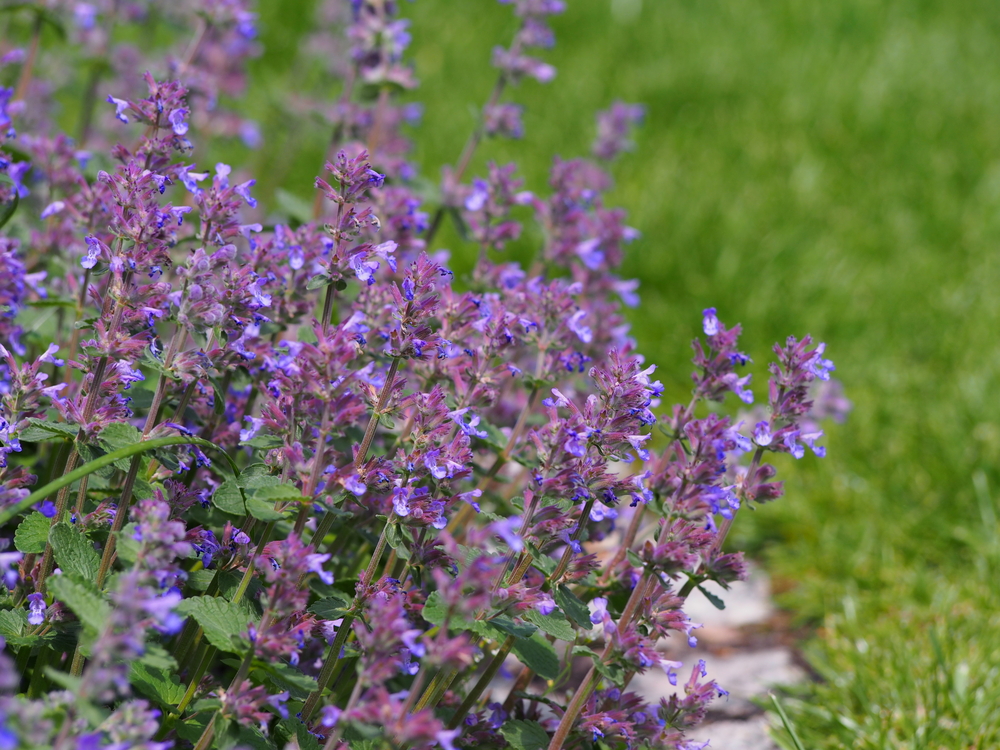
Nepeta, commonly known as catmint, is a hardy perennial that produces a cloud of small, lavender-blue flowers. It blooms from late spring to early summer, reaching its peak in June and continuing into July. Nepeta grows best in full sun and well-drained soil, making it a low-maintenance option for most gardens. Its fragrant leaves attract both pollinators and cats, who are known to enjoy the plant.
Catmint is a compact plant that works well in borders, rock gardens, or containers. It is drought-tolerant once established and thrives without much care. Pruning after the first bloom can encourage a second flush of flowers. With its soft, aromatic leaves and colorful blooms, catmint adds texture and beauty to any garden.
Aubrieta
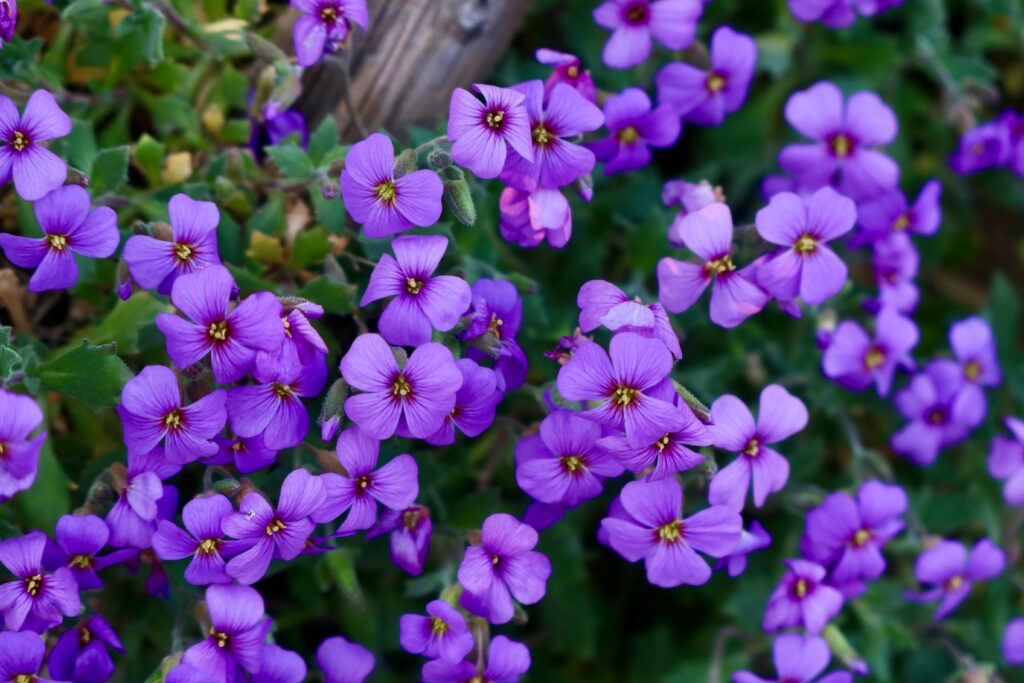
Aubrieta is a low-growing, spreading perennial that creates a beautiful mat of blue flowers in early spring. The plant blooms profusely in April and May, covering the foliage with a blanket of vibrant color. Aubrieta thrives in full sun and well-drained soil, making it an ideal choice for rock gardens, hanging baskets, or along the edges of garden beds.
This plant is perfect for adding color to areas that need a bit of ground cover. Aubrieta is easy to grow from seed and requires minimal care once established. It is also known for its ability to tolerate dry conditions, making it a great choice for xeriscaping. The dense clusters of blue flowers and trailing growth habit make it a charming addition to any garden.
Balloon Flower
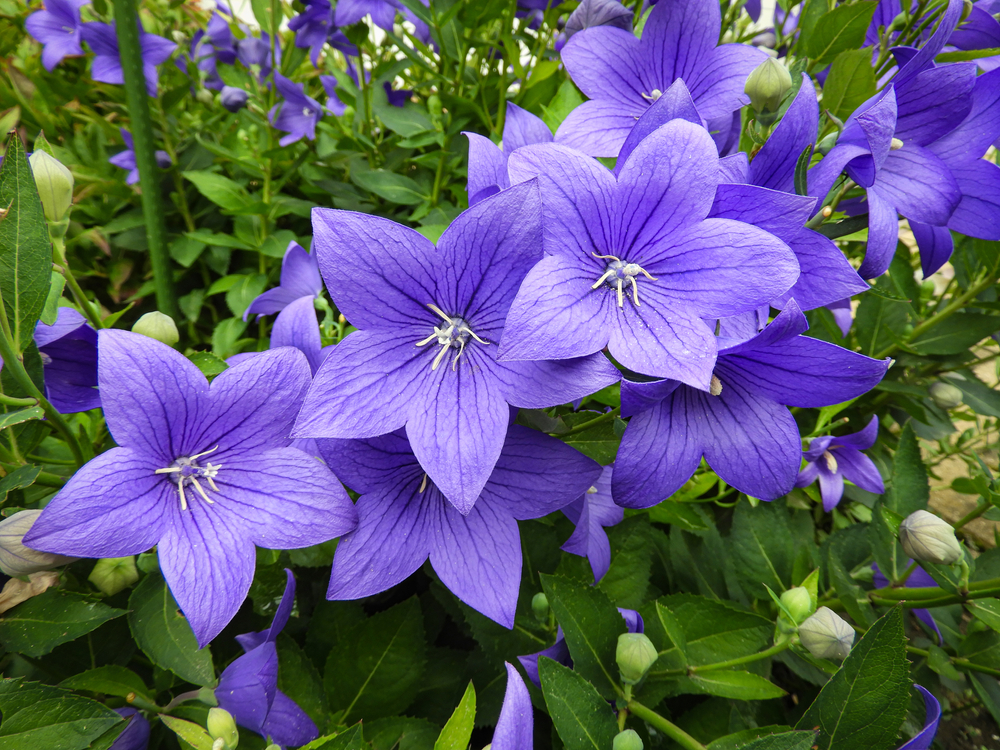
Balloon flowers are unique perennials known for their balloon-like buds that eventually open into large, star-shaped blue flowers. They bloom from midsummer to early fall, with the most vibrant display happening in July and August. Balloon flowers grow best in full sun to partial shade and prefer well-drained, slightly acidic soil.
These plants are low-maintenance and perfect for adding structure to your garden. The blooms last for several weeks, and the plant’s upright habit makes it ideal for borders or mixed plantings. Balloon flowers are also quite drought-tolerant once established. They are perfect for adding a whimsical touch to your garden while being easy to care for.
Iris (Siberian Iris)
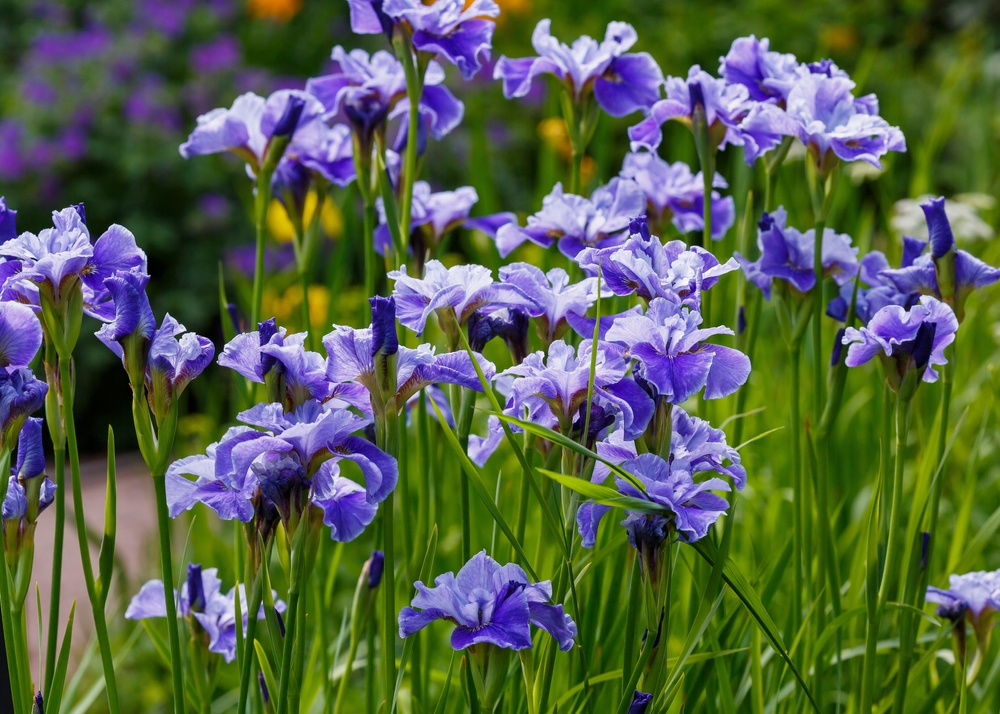
Siberian Iris is a perennial known for its beautiful blue flowers and grassy foliage. It blooms in late spring to early summer, with its peak in May and June. Siberian Iris thrives in full sun and moist, well-drained soil, making it ideal for garden beds or along the edges of ponds. It is a sturdy plant that requires little maintenance once established.
The tall, elegant blooms of Siberian Iris create a stunning display in the garden. These plants are also attractive to pollinators like bees and butterflies, adding life to your garden. Siberian Iris is resistant to pests and diseases, making it a reliable choice for gardeners. With its graceful flowers and ease of care, this plant will thrive in any garden.
Russian Sage
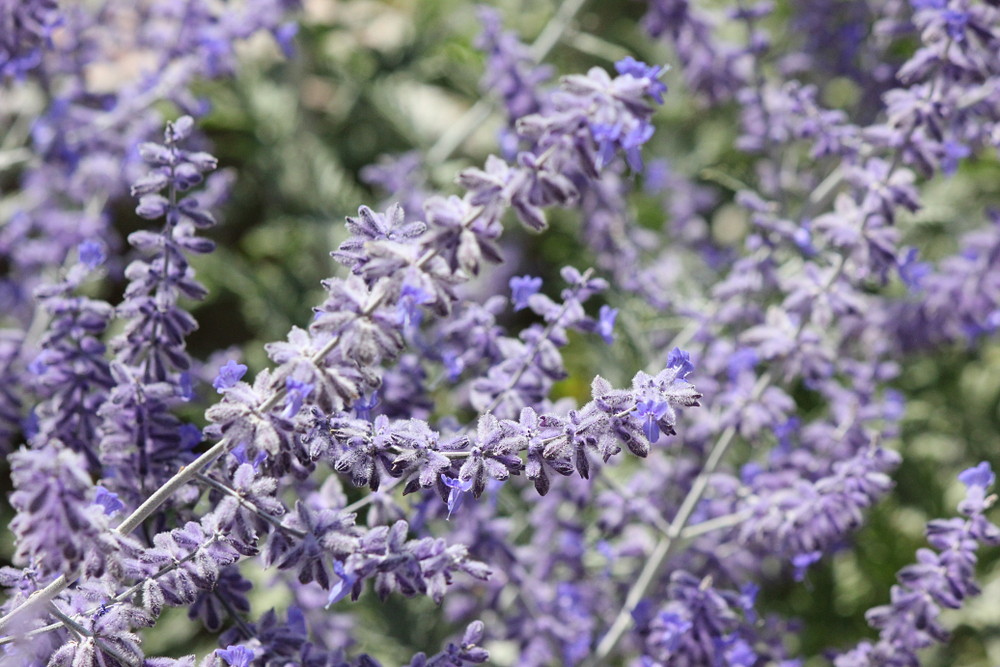
Russian Sage is a tall perennial with silvery-gray foliage and striking blue flowers that bloom in late summer to early fall. The plant reaches its full bloom in July and continues to flower into September. Russian Sage thrives in full sun and well-drained soil, making it a perfect addition to dry, sunny areas of your garden.
This plant is drought-tolerant and low-maintenance, requiring only occasional watering once established. Russian Sage adds a soft, wispy texture to gardens with its airy flowers and fine foliage. It is ideal for planting along pathways, borders, or in cottage gardens. With its long blooming period and ease of care, Russian Sage is a great choice for any garden.
Gentian (Gentiana)
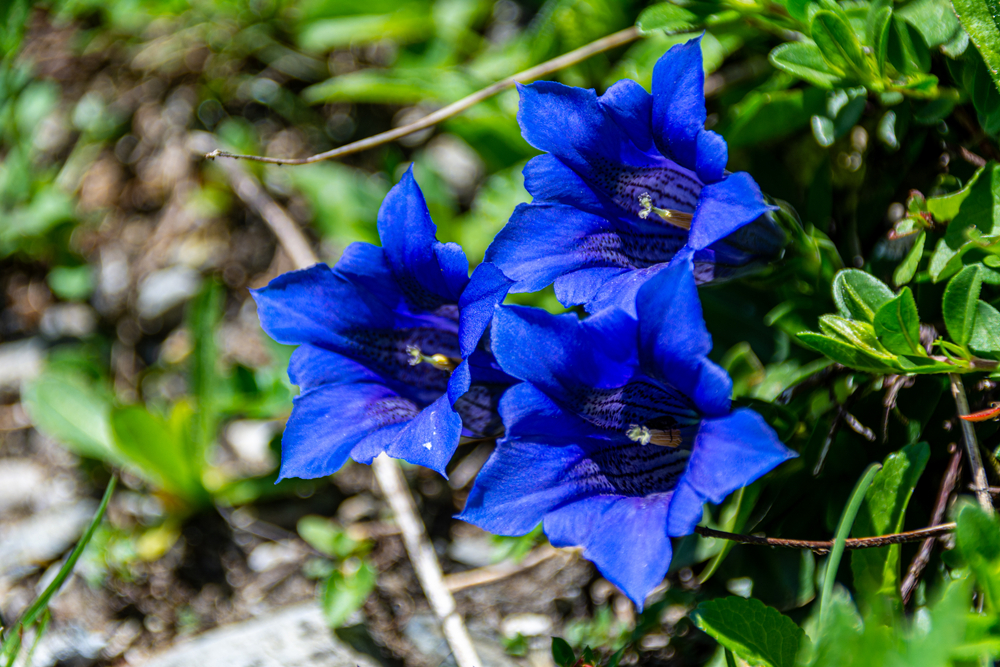
Gentian is a striking perennial known for its intense blue, trumpet-shaped flowers. It blooms in late summer to early fall, with the peak bloom period occurring in August and September. Gentian prefers moist, well-drained soil and partial shade, making it perfect for woodland or shaded garden areas. The vibrant blue color of the flowers adds a dramatic contrast to the garden.
This plant can be a bit more challenging to grow, but rewards gardeners with its stunning blooms. Gentian requires a cool, moist environment to thrive, so it is ideal for areas with consistent moisture levels. It works well in garden beds or containers, where it can be protected from excessive heat. Gentian’s vivid blue flowers make it a memorable addition to any garden.
Campanula (Bellflower)
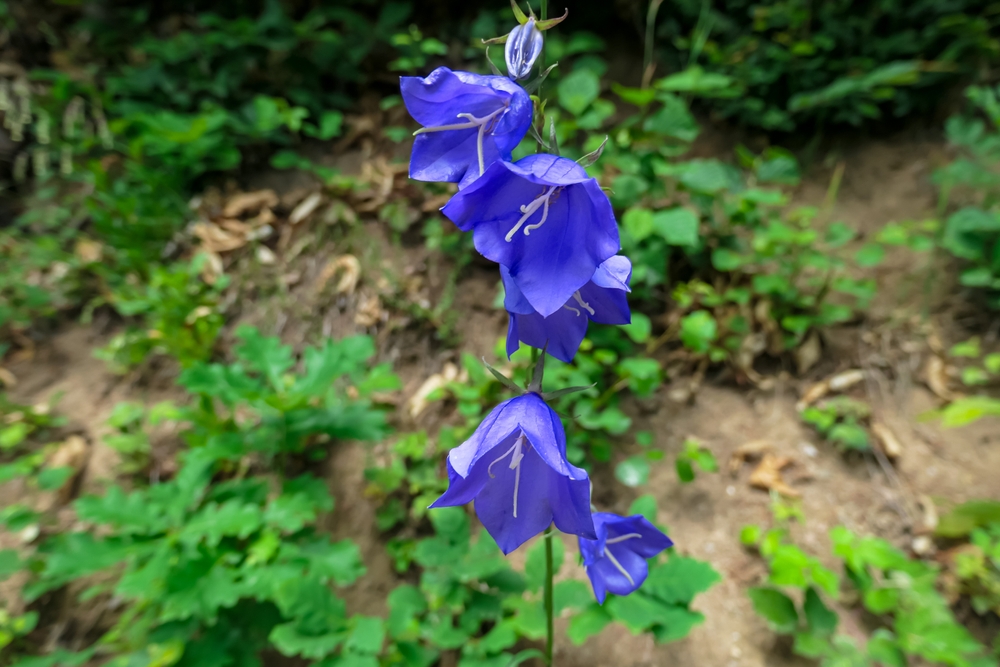
Campanula, commonly known as Bellflower, is a beautiful perennial that produces blue, bell-shaped flowers. It blooms from early summer to fall, with its peak bloom in June and July. Campanula thrives in full sun to partial shade and prefers well-drained soil. It is a versatile plant that works well in borders, rock gardens, or as a ground cover.
The plant’s charming flowers and spreading habit make it perfect for creating a sea of blue in the garden. Campanula is also low-maintenance and drought-tolerant once established. Deadheading the spent flowers will encourage additional blooms throughout the season. This plant is ideal for adding a delicate touch of color to your garden.
Jacob’s Ladder (Polemonium)
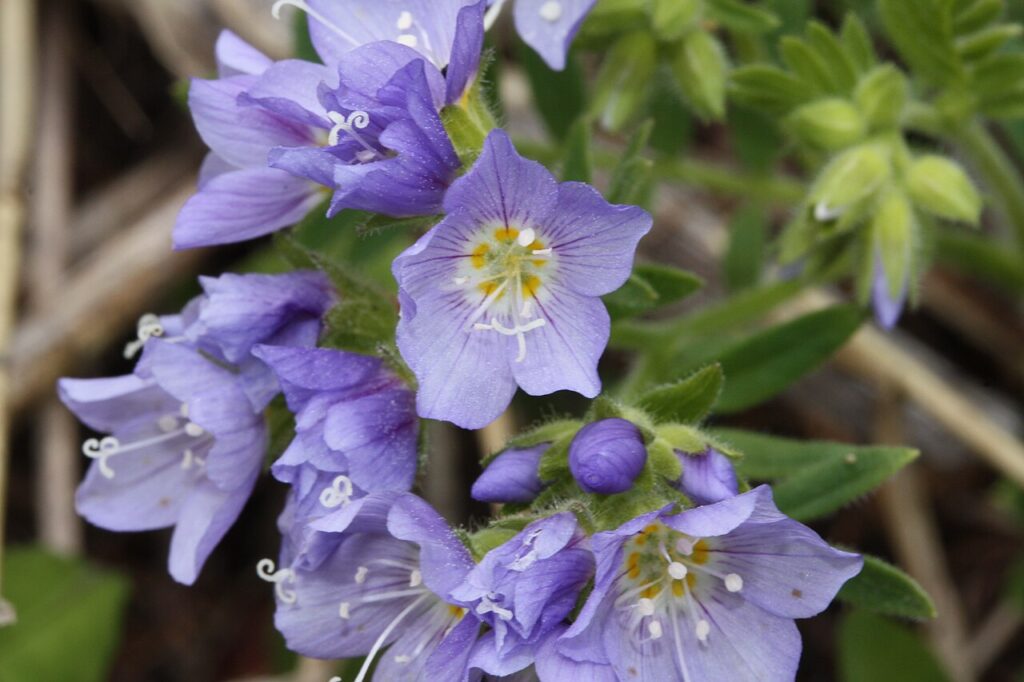
Jacob’s Ladder is a perennial known for its fern-like foliage and clusters of blue, bell-shaped flowers. It blooms in late spring to early summer, with the peak bloom in May and June. Jacob’s Ladder grows best in partial shade and moist, well-drained soil, making it an ideal choice for woodland gardens or shady borders. Its unique appearance and soft color add texture and beauty to the garden.
This plant is low-maintenance and attractive to pollinators like bees and butterflies. Jacob’s Ladder can tolerate a variety of soil types, but it thrives best in slightly acidic soil. It works well in the front of borders or as a ground cover under taller plants. The delicate blue flowers and graceful foliage make Jacob’s Ladder a charming addition to any garden.
Blue flowers bring a sense of calm and elegance to your garden. These perennials not only add vibrant color but are also easy to maintain.
This article originally appeared on Avocadu.
